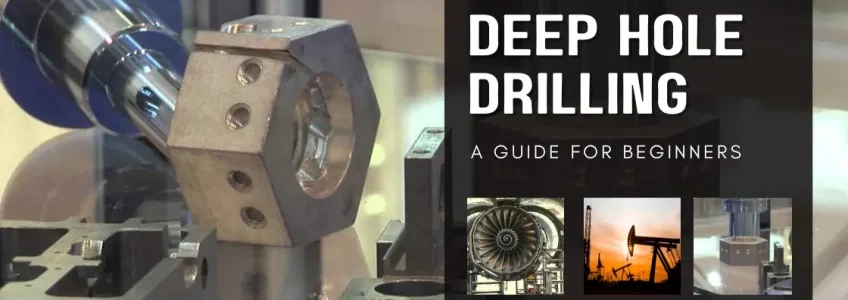The Shell Prelude stands as an engineering marvel, being the largest vessel ever constructed to float on water. This colossal floating liquefied natural gas (FLNG) platform, positioned hundreds of miles off the coast of Australia, marks a significant milestone in subsea engineering. Displacing more water than six aircraft carriers, the Shell Prelude showcases the pinnacle of engineering prowess and innovation in the oil and gas industry.
Deep hole drilling is a machining process that can produce holes up to ten times deeper than the diameter of the hole and is suitable for a variety of metals, including the strongest of superalloys. Deep hole drilling services require special tools and setups to deliver high-pressure coolant, cleanly evacuate chips and reach the depth-to-diameter. Deep hole drilling, also known as gun drilling, is a highly-specialised machining operation that only a few engineering companies can perform, including PRV Engineering. Here is a closer look at some of the processes, applications and pros and cons.
Robotics of all types and sizes with various applications have made headlines around the world adding fuel to the innovation fire. The oil and gas industry has always been a leader in pushing the boundaries of disruptive technologies. Now, with rising interest and investment, subsea robotics has the potential and power to transform the oil and gas sector as a whole.
Technological advancements and the continued race for innovation in nearly every industry is evident across the globe. For some time now, oil companies have turned to robots and drones to perform dangerous activities in the harshest environments. While some of the ‘oil and gas tech toys’ help save costs, many of them greatly improve performance and safety. This is as a result of fewer people being exposed to dangerous tasks and situations.





Recent Comments